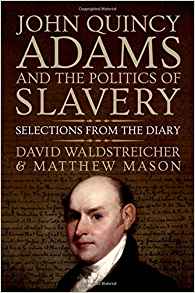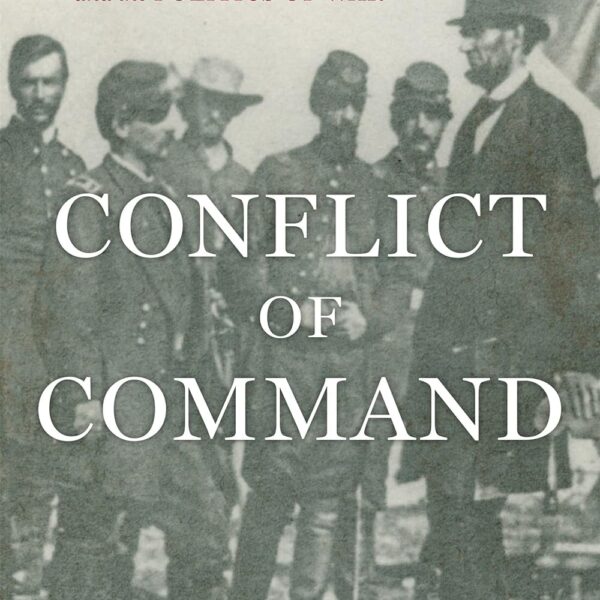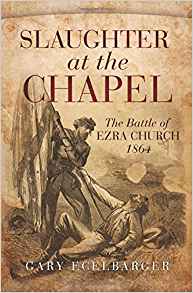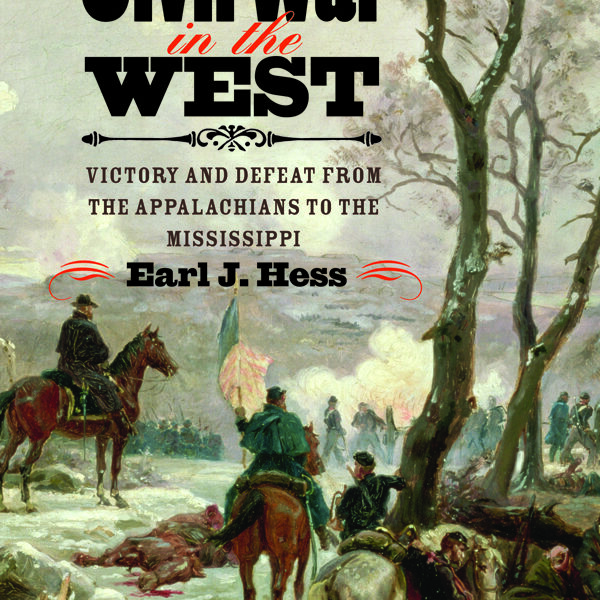Since the sesquicentennial of “America’s defining event” nearly a decade ago, the Emerging Civil War Series has produced dozens of books on an ever-growing list of topics. These concise titles are easy to digest for both aficionados and first-time Civil War readers alike; they can be perused on battlefields as guidebooks or read in the comfort of one’s home as traditional narratives.
In Embattled Capital: A Guide to Richmond During the Civil War, Richmond National Battlefield Park Ranger Robert M. Dunkerly and volunteer guide Doug Crenshaw have teamed up to tell the story of Virginia’s capital, and, from 1861 to 1865, the seat of the short-lived Confederate States government. Unlike their earlier contributions to the ECW Series (and those of most other titles), this one focuses not upon an individual battle or campaign, but rather upon an entire city and its many uses during and after the Civil War.
Through four years of armed rebellion between United States and Confederate armies, Richmond hosted an unrelenting series of battles on land and sea. These engagements elevated locations like Drewry’s Bluff to a lasting tactical significance, immortalized Corporal John Mackie as the first U.S. Marine to earn the Medal of Honor, and guaranteed that Robert E. Lee would take command of the Army of Northern Virginia. (On that latter point, Dunkerly and Crenshaw note in one of their helpful “Myths and Misconceptions” sidebars throughout the text, Lee succeeded not only former commanding general Joseph Johnston, but also the stressed and “indecisive” Gustavus Woodson Smith, who “commanded the Army of Northern Virginia for less than 24 hours as its second and least-known commander.”)
The authors note that Richmond was the site of the Confederacy’s worst industrial accident (an arsenal explosion at Brown’s Island) and largest civil disturbance (the Bread Riots). The city was also plagued by disease, U.S. cavalry raids, battle-damage, and the effects of Confederate conscription. By the conflict’s final year, the siege of the key transportation hub at Petersburg put a stranglehold on supplies traveling in and out of Richmond, effectively suffocating the capital city.
Dunkerly and Crenshaw provide multiple lists, including a particularly lengthy one tallying some 120 battlefields and battle-related sites in the area. “Battlefields surround Richmond,” the authors explain. “Some are preserved and well-marked; others have been lost to development. Still others lie unprotected, yet pristine—and waiting for visitors.”
Through maps, directional explanations, and general descriptions of battlefield locations, Embattled Capital (like other entries in the ECW Series) thrives. Sometimes, however, the visually hectic layout of pages (often containing the main text, plus images, plus additional blocks of text) may be difficult to navigate.
Nevertheless, Dunkerly’s and Crenshaw’s narrative excels as a guidebook. Importantly, the authors remind that Richmond is far more than a battlefield setting. Additional chapters direct readers to places where military units from Richmond and surrounding counties were raised; to sites containing remnants of Richmond’s three wartime lines of defenses and 16 forts (it was “a close second” to Washington, D.C., as “the most fortified city in the world during the 1860s”); to sites of the city’s more than 100 Civil War hospitals (and in some cases, the cemeteries or museums associated with them today); to its dozens of Civil War prisons (Belle Isle and Libby among them); to its famous Civil War cemeteries (including Hollywood); and to hundreds of monuments, museums, and landmarks.
Embattled Capital’s fourth chapter, “Reconstruction and Remembering,” is the most unique and prescient portion of the book, given ongoing national discussions and America’s changing memorial landscape—along Monument Avenue, across Richmond, and beyond. Many of the city’s Black history sites were destroyed by war or development, but have more recently been rediscovered through archeological digs at places such as Lumpkin’s slave jail site. In the post-Civil War era, the authors state, “Confederate identity permeated everyday life: it bound families and associates….In the meantime, African Americans had little public voice.”
In discussing issues of monuments and memory, the authors have provided a helpful historiography. They have aided readers with an opportunity to focus on the complex matters in the latest iteration of the Civil War’s cyclical hold on collective American memory. “Perhaps it should not be surprising that these issues are so divisive,” the authors maintain. “The soldiers and societies of both sides were very race conscious.”
“This memory and history is still divisive,” Dunkerly and Crenshaw write. “Clearly, society’s values, and what is consider[ed] historically significant, changes over time….Hopefully the conversation will be more informed by a better understanding of the past and our interpretations of events and commemorations.”
Embattled Capital provides proper context and reasoned interpretation to readers, rising above the realm of a “you-are-here” guidebook, and tending toward a more nuanced examination of why being “here” truly matters in the first place. Dunkerly and Crenshaw afford readers and visitors the opportunity to make connections to the events of generations ago while emphasizing Richmond’s timeless significance during the Civil War.
Codie Eash currently serves as Operations Manager at Seminary Ridge Museum and Education Center in Gettysburg, Pennsylvania. He operates the independent Facebook blog “Codie Eash – Writer and Historian” and is a regular contributor to PennCivilWar.com.




